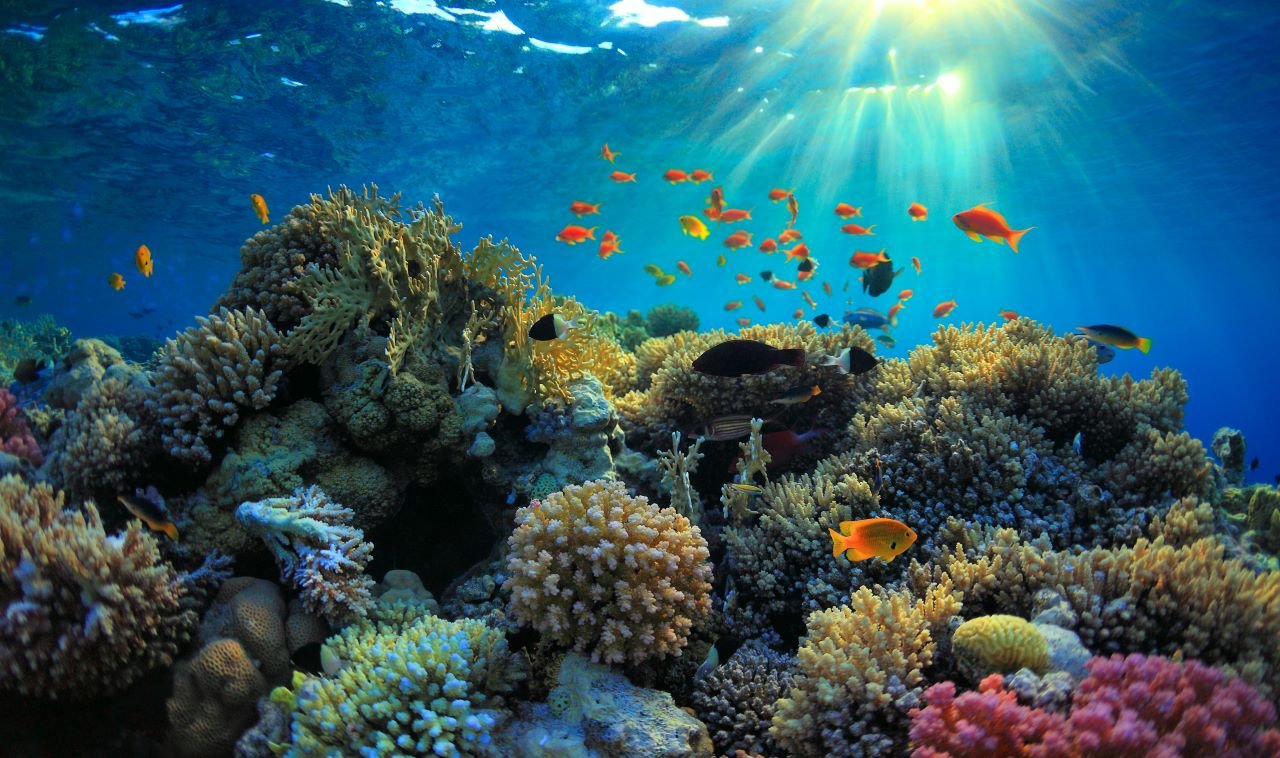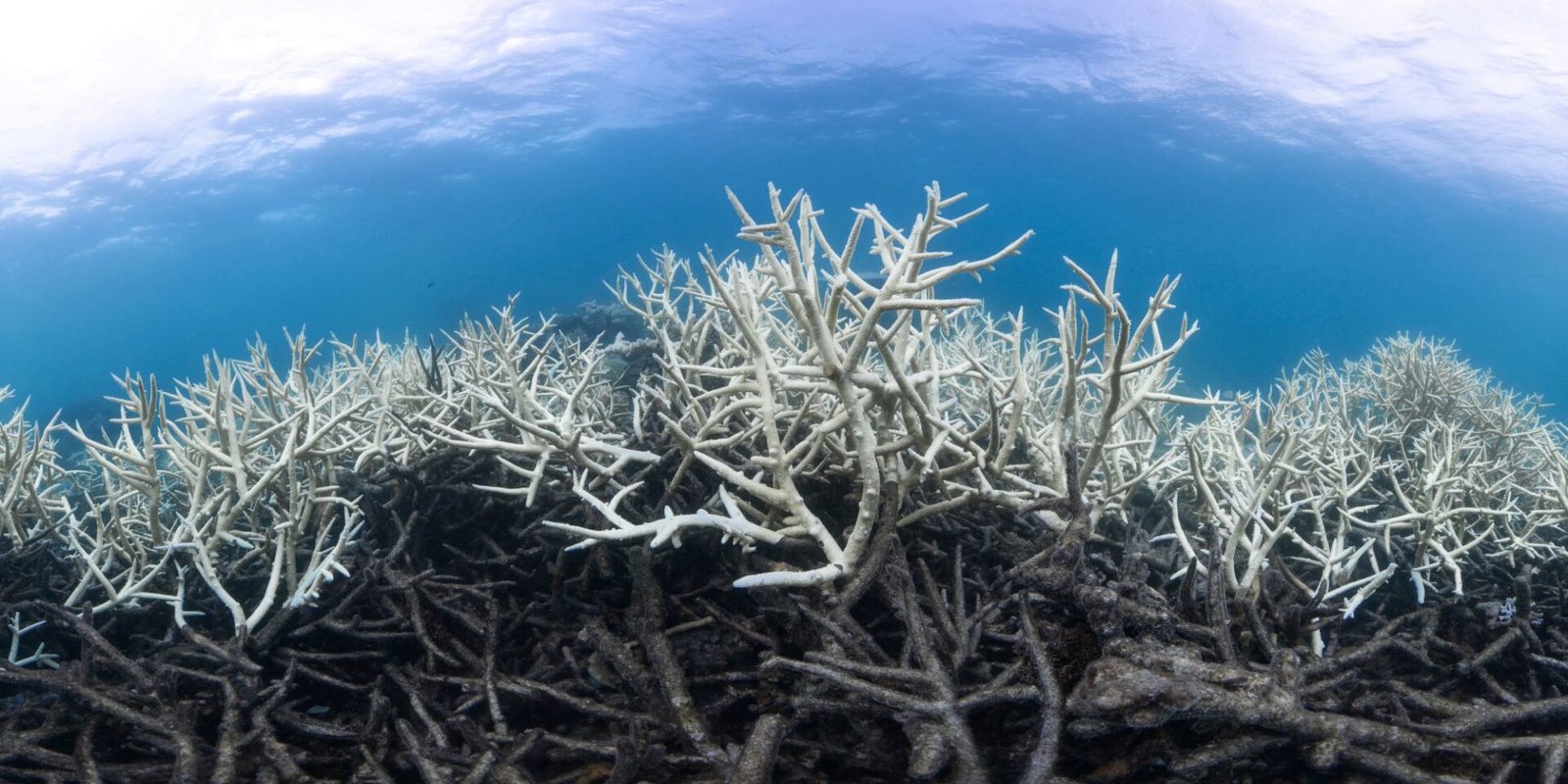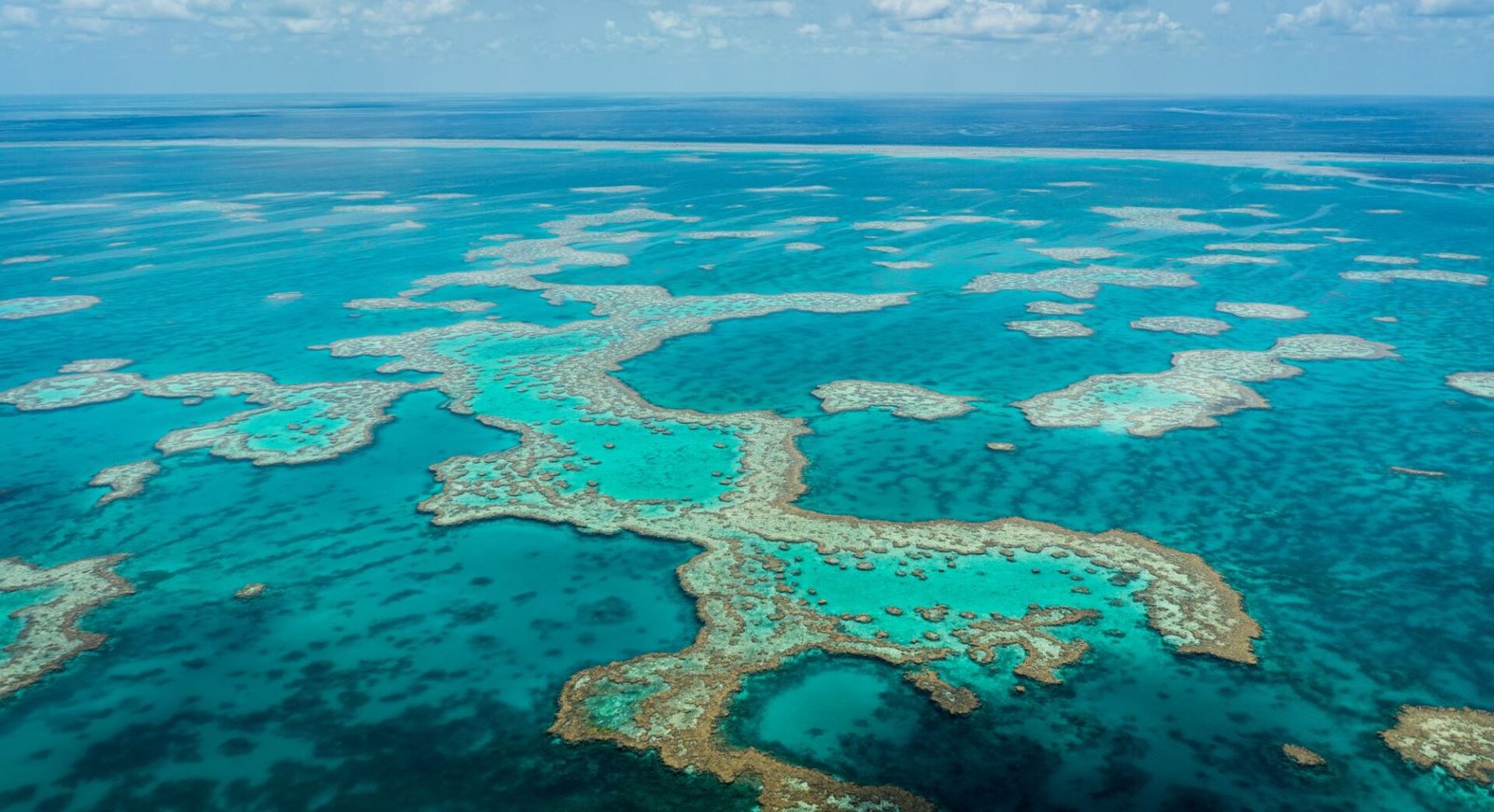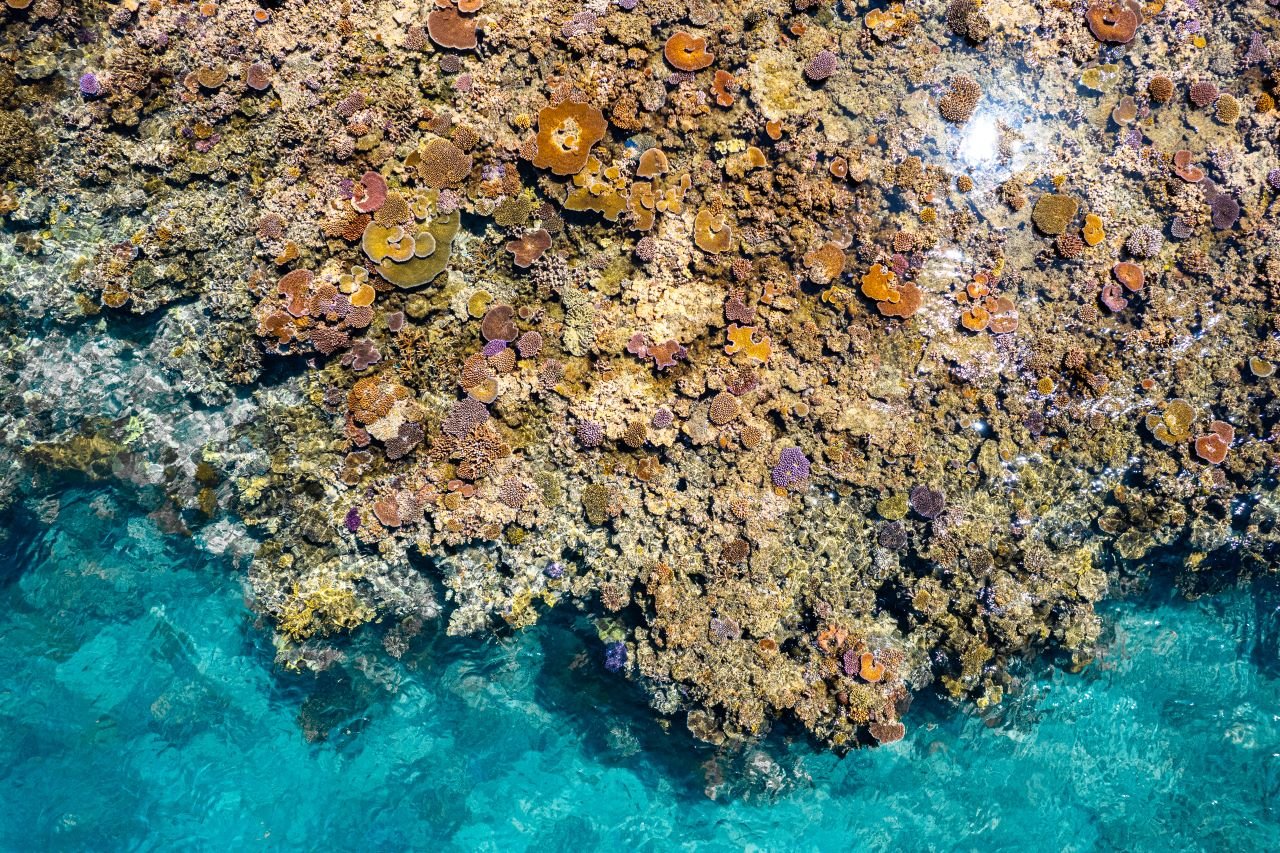Coral reefs are one of the most diverse and valuable ecosystems on the planet. These vibrant underwater cities are home to the highest biodiversity of any ecosystem in the world. Although they cover less than 1% of the ocean floor, coral reefs support about 25% of all marine species. They also contribute to the safety, nutrition, economic security and health of over 1 billion people.
Yet we are losing coral reefs at an alarming rate. The main culprit: warming ocean temperatures brought on by climate change. Ocean heatwaves have been increasing in both severity and frequency over the past few decades, triggering mass coral mortalities at unprecedented scales. The repeated stress from heatwaves is pushing coral ecosystems closer to collapse, making it harder for them to recover between events.

Coral is a colonial organism made up of thousands of different animals known as polyps, with tentacles that are used to capture food.
Although they resemble plants, corals are actually animals – colonies of tiny invertebrates called polyps. Each polyp has a soft body and tentacles and secretes a hard protective limestone skeleton called a calicle. As polyps multiply, their calicles join together to form reefs – massive colonies that can grow over thousands of years.
Most people think of corals as being very colorful, but reef-building coral polyps are transparent. Their brilliant colors come from microscopic algae (zooxanthellae) that live within their tissues. Though corals use their tentacles to capture some food, most of their food – up to 90% – comes from these algae. In turn, corals provide the algae with nutrients and shelter.
As ocean waters continue to warm up, coral reefs are struggling to survive. Under repeated stress from rising ocean temperatures, pollution and other factors, corals can expel their algae, losing their color and exposing their white skeleton in a process called bleaching. The algae, under heat stress, stop producing food and instead produce an irritant. Prolonged bleaching weakens corals and can lead to death, threatening the entire reef ecosystem.

Mass bleaching events have become increasingly common since the 1990s.
Reefs around the world, including the Australia’s iconic Great Barrier Reef, have experienced increasingly frequent and severe mass bleaching due to heatwaves. The Great Barrier Reef alone has experienced five mass bleaching events in the past eight years only. Alarmingly, bleaching events have now taken place in consecutive years, and not only under El Niño years but also in La Niña years, when cooler conditions once offered protection. If current warming trends persist, projections warn that coral reefs could decline dramatically by mid-century.
In this context, mitigating climate change impacts on ocean waters by reducing polluting emissions should be a priority. However, even if all greenhouse gas emissions – driving ocean warming – were to stop today, ocean temperatures would remain elevated for decades due to existing heat in the system. In the meantime, corals need to adapt to these fast-changing conditions.
Selective breeding and assisted evolution approaches have been successfully used to support that adaptation process by developing more heat-tolerant corals. Scientists are also exploring novel solutions, such as synthetic biology and genetic engineering, as additional approaches which enable us to learn more about molecular mechanisms of enhanced thermal tolerance and could help match the speed and scale of reef decline. While genetic engineering focuses on directly modifying an organism’s DNA, synthetic biology applies engineering principles to design and build new biological systems. These tools are not a replacement for reducing greenhouse gas emissions or restoring habitats, but could help to complement existing conservation efforts.

Australia’s Great Barrier Reef, the largest in the world, contributes about $6.4 billion annually to the Australian economy, supporting over 64,000 full-time jobs.
While we don’t yet have the tools to fully augment the thermal tolerance of corals and their microalgae with genetic engineering and synthetic biology, over the last decade the field has advanced substantially. For example, using CRISPR/Cas9 gene-editing technique, scientists are now able to better understand which genes may help corals survive and provide enhanced fitness. Gaining a better understanding of what genes are critical for coral functioning is key to informing improved conservation efforts in the future.
Scientists are also exploring ways to enhance corals’ symbiotic partners. This includes engineering the coral microbiome – especially beneficial bacteria and their microalgae which could be delivered as “coral probiotics” – to help corals cope with heat stress, and promote antioxidant production. There has also been success in augmenting the function of the nucleus genomes within coral-symbiotic algae, opening another promising pathway to improve the microalga’s heat tolerance.
Moving forward, we aim to further explore the use of synthetic biology as a conservation tool for coral reefs. By enabling us to redesign coral DNA, synthetic biology approaches could offer a number of solutions to help make corals more resilient to warming water temperatures and other existing threats.

Coral is the foundation species of coral reef ecosystems. Up to 2 million species inhabit coral reefs, rivaling the biodiversity of rainforest ecosystems.
Coral reefs are often called the “rainforests of the sea” – and for good reason. They are home to an estimated 2 million species, shelter countless marine animals, and support coastal communities with food, jobs, and storm protection. Globally, reef ecosystems generate an estimated US$375 billion in goods and services each year. If they disappear, marine food webs, economies, and coastlines will all be severely impacted.
Without transformative action, we could lose one of our planet’s most vital ecosystems within our lifetimes. Synthetic biology is not a silver bullet, but it could be part of the solution. By combining innovative technologies with existing conservation approaches, we may be able to give reefs a fighting chance. The window for action is closing. If we want coral reefs to survive for future generations, the time to act is now.
